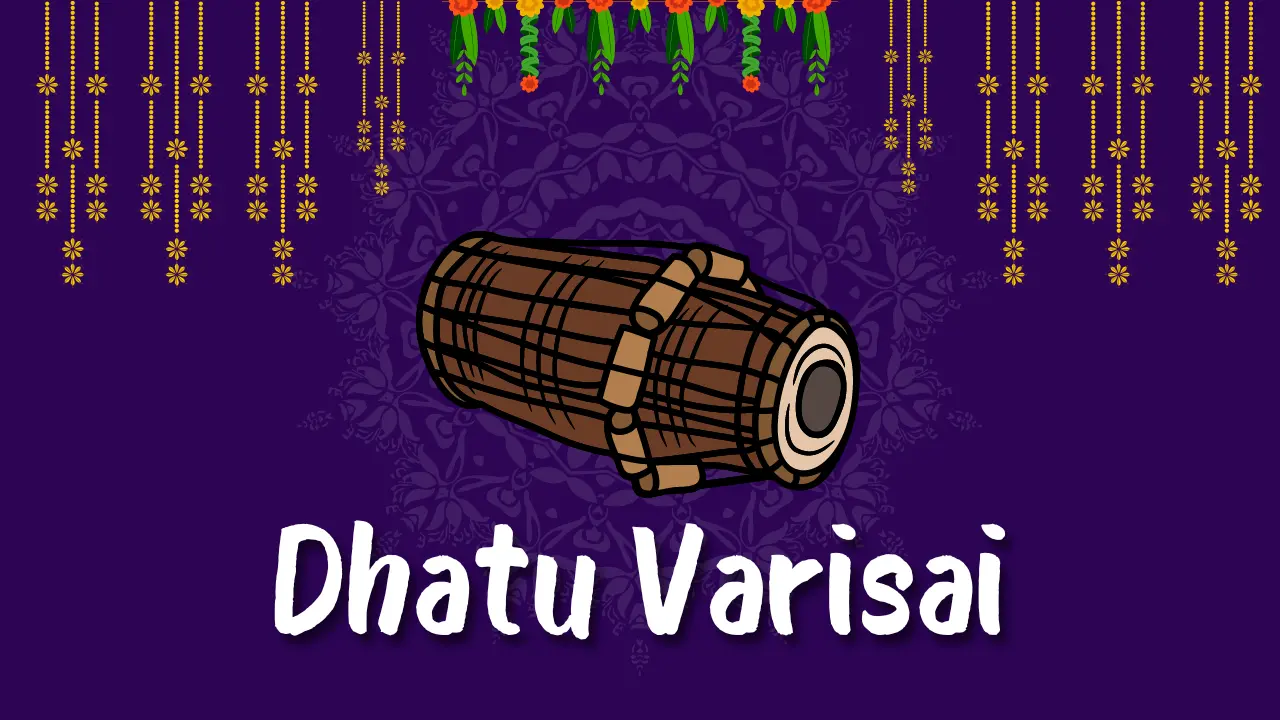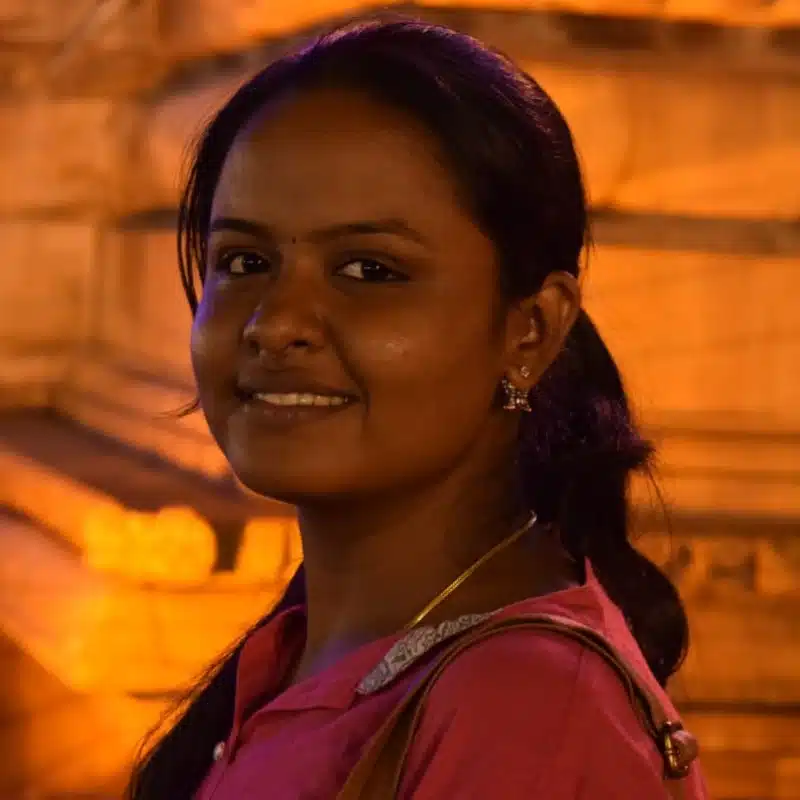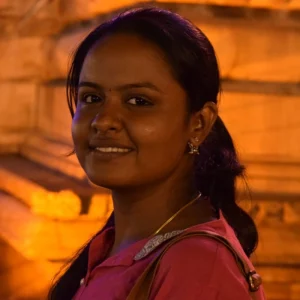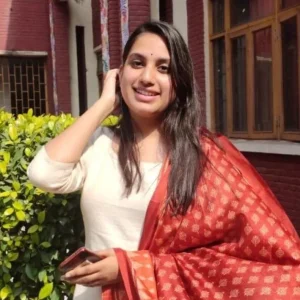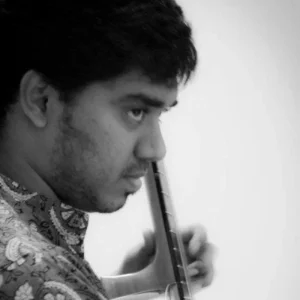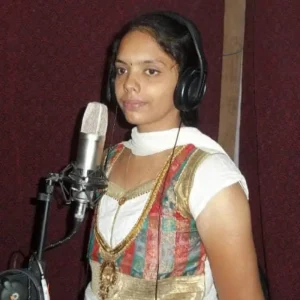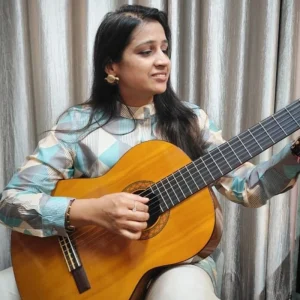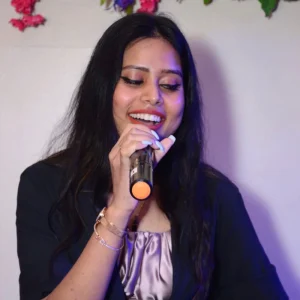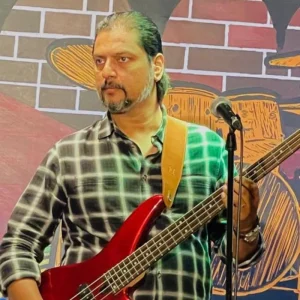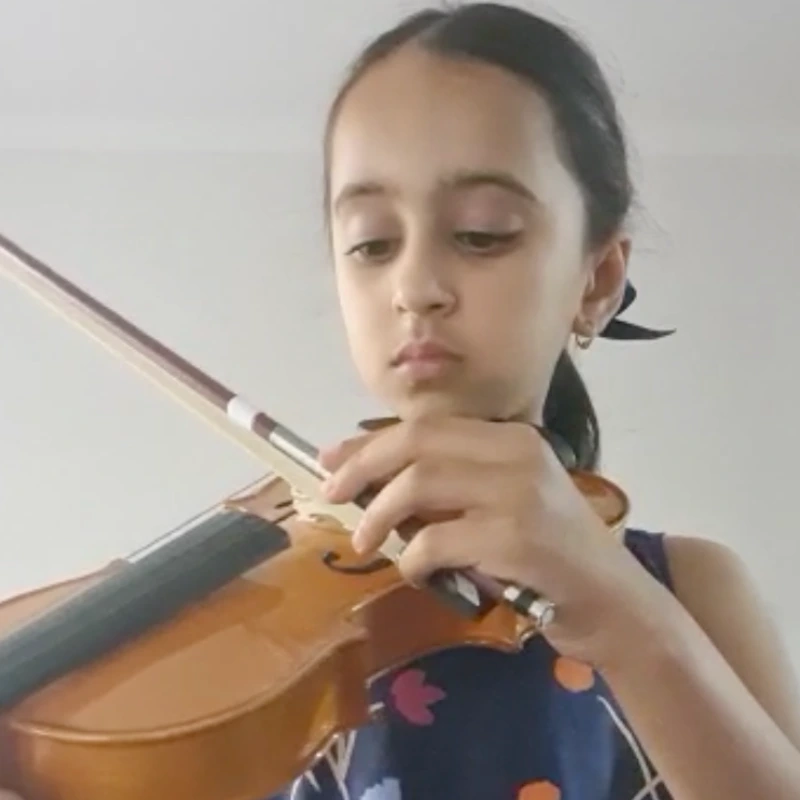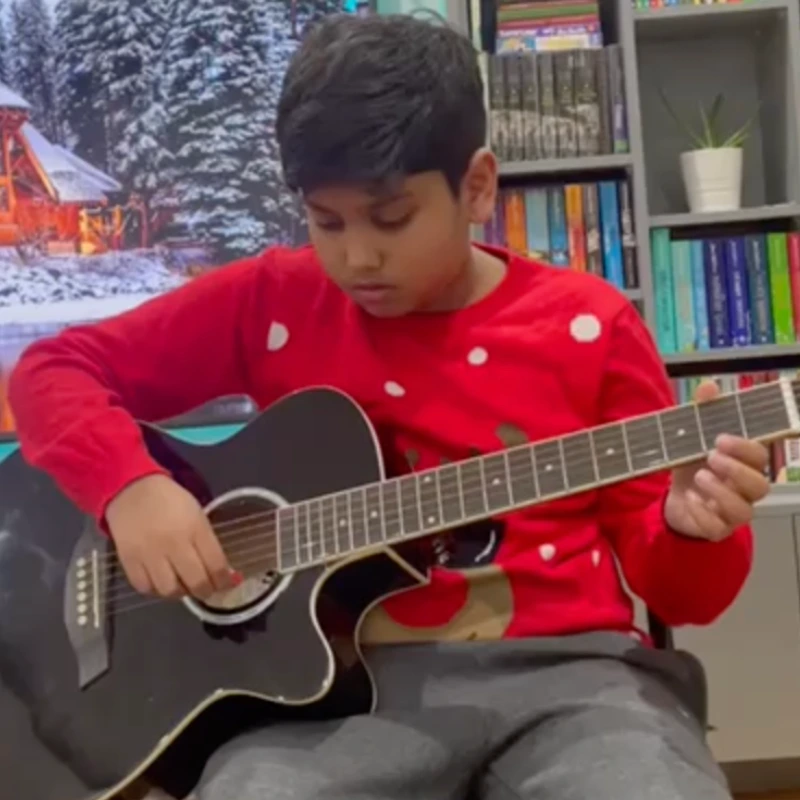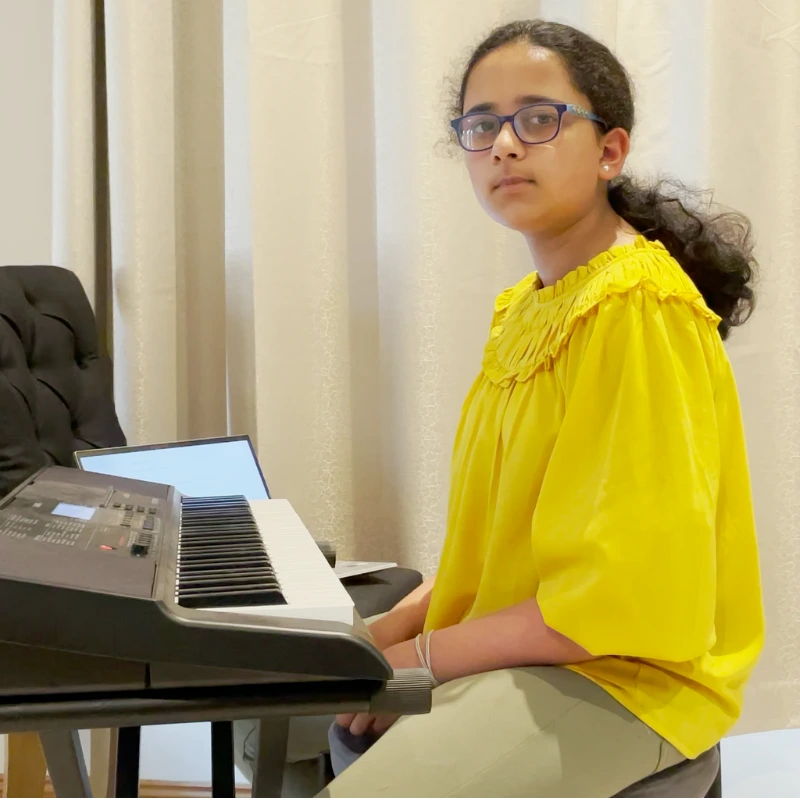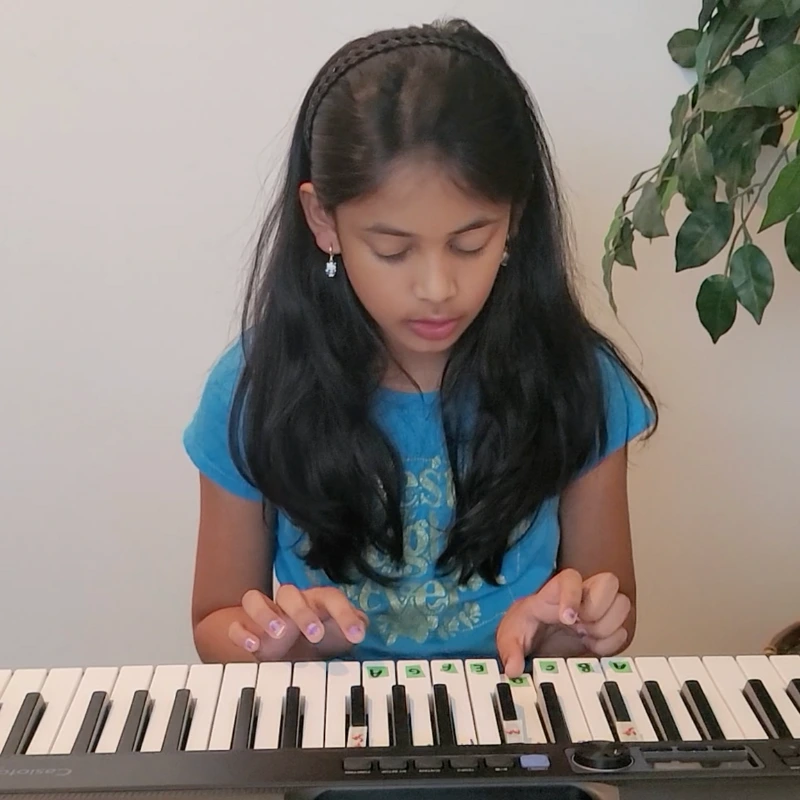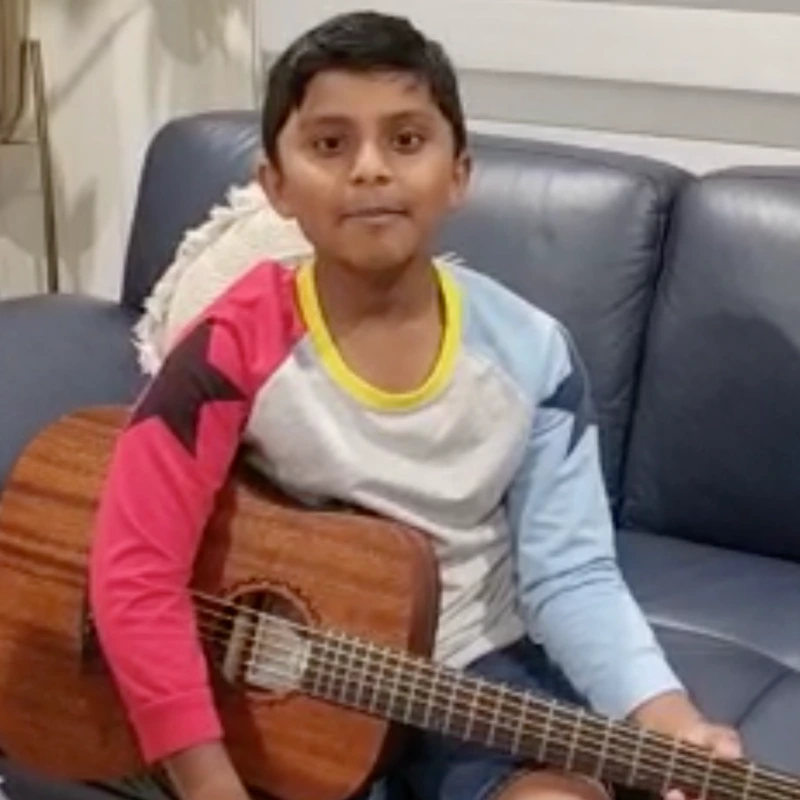Dhatu Varisai lessons are one of the essential talas (rhythmic patterns) in Carnatic music. Carnatic Music Dhattu Varisai Lesson is a seven-beat tala. In this blog post, we will discuss the importance and different aspects of Carnatic Music’s Dhattu Varisai. We will also explore some practice techniques that use this tala and have a Dhatu Varisai practice regime.
Before moving on you are expected to master the following two exercises:
1. Sarali Varisai
2. Janta Varisai
What is Dhattu varisai?
Dhattu Varisai is also known as Dhattu Varisai or Thatu Varisai, is a complex and intricate form of rhythm.
In this musical style, the performer uses quick and precise movements to create complex patterns with their hands and feet. They will also maintain perfect timing and precise coordination. It follows a zig-zag pattern, and its basic structure is different from other varisai.
Dhattu Varisai Notation is one of the most challenging forms of rhythm to master. Yet Dhatu Varisai tutorials and Dhatu Varisai for beginners practice videos are found on corners of the internet

Did You Know?
This Varisai originated in the southern state of Tamil Nadu in India.
This Varisai originated in the southern state of Tamil Nadu in India. Dhatu Varisai can also be performed on various percussion instruments, such as the mridangam, ghatam, violin, flute and kanjira.
The word “dhattu” means “seven,” and “varisai” means “series.” Therefore Carnatic Dhattu Varisai is a series of seven different rhythms performed in a specific order. The performer must keep track of the different rhythms and maintain perfect coordination between their hands or feet while practising.
This Varisai is an excellent way to improve coordination, timing, and musicality. It is also an excellent workout for the mind and body and can be very therapeutic.
Different aspects
Dhattu Varisai Lesson is a very important raga in Carnatic music. There are many different aspects to this raga, each contributing to its unique sound.
Some of the essential features of Dhattu Varisai include its jhala (a rapid stream of notes), swarasthana (the particular notes that make up the raga), and chalan (the rhythm or melody of the raga).
Jhala is an integral part of Dhattu Varisai, as it gives the raga its characteristic fast pace and energy. Swarasthana is also crucial to the sound of the raga, as it determines the usage and combination of notes.
Finally, chalan is what gives the raga its unique rhythm and melody.
Each of these aspects combines to create the distinctive sound of Dhattu Varisai lessons. When all of these elements come together, a truly beautiful and unique raga is perfect for any occasion.
How to practice Dhattu Varisai in Carnatic music?
To practice Carnatic Music’s Dhattu Varisai well, one must first learn the various techniques involved with this style of singing.
Kalpanaswaram patterns
One of the best ways to practice Dhattu Varisai is by first learning the kalpanaswaram patterns. These patterns are very useful in helping you practice fluidly and smoothly, as they involve a lot of trills and techniques that require you to be agile and quick with your fingers.
You can also work on practicing these Varisai phrases yourself. This involves learning how to sing the various phrases commonly used in this style of music. Once you have learned the basic phrases, you can add a few details to it.
Breathing technique in check
Another critical aspect of practicing this Varisai is to make sure that you use the correct breathing techniques. This is because incorrect breathing can often make you feel breathless and tired, making it challenging to sing smoothly.
Find the Right Shruti.
Finally, it is also essential to ensure that you are using the right voice when practicing Dhattu Varisai exercise. This means using a voice that is neither too high nor too low, which has an excellent quality. If you use a voice that is too high or too low, it can often make the music sound forced and unnatural.
Practice in all 3 speeds for better results.
You can then add tempo to the and practice in 3 speeds as I have learnt. Once you have nailed the 1st speed, double the tempo with 2 swaras for 1 beat and 3 swaras for 1 beat and enjoy its fruitfulness.
| 1. | S | R | S | G | | | R | G | | | R | M | || |
| S | M | G | R | | | S | R | | | G | M | || | |
| R | G | R | M | | | G | M | | | G | P | || | |
| R | P | M | G | | | R | G | | | M | P | || | |
| G | M | G | P | | | M | P | | | M | D | || | |
| G | D | P | M | | | G | M | | | P | D | || | |
| M | P | M | D | | | P | D | | | P | N | || | |
| M | N | D | P | | | M | P | | | D | N | || | |
| P | D | P | N | | | D | N | | | D | Ṡ | || | |
| P | Ṡ | N | D | | | P | D | | | N | Ṡ | || | |
| Ṡ | N | Ṡ | D | | | N | D | | | N | P | || | |
| Ṡ | P | D | N | | | Ṡ | N | | | D | P | || | |
| N | D | N | P | | | D | P | | | D | M | || | |
| N | M | P | D | | | N | D | | | P | M | || | |
| D | P | D | M | | | P | M | | | P | G | || | |
| D | G | M | P | | | D | P | | | M | G | || | |
| P | M | P | G | | | M | G | | | M | R | || | |
| P | R | G | M | | | P | M | | | G | R | || | |
| M | G | M | R | | | G | R | | | G | S | || | |
| M | S | R | G | | | M | G | | | R | S | || | |
| 2. | S | M | G | M | | | R | G | | | S | R | || |
| S | G | R | G | | | S | R | | | G | M | || | |
| R | P | M | P | | | G | M | | | R | G | || | |
| R | M | G | M | | | R | G | | | M | P | || | |
| G | D | P | D | | | M | P | | | G | M | || | |
| G | P | M | P | | | G | M | | | P | D | || | |
| M | N | D | N | | | P | D | | | M | P | || | |
| M | D | P | D | | | M | P | | | D | N | || | |
| P | Ṡ | N | Ṡ | | | D | N | | | P | D | || | |
| P | N | D | N | | | P | D | | | N | Ṡ | || | |
| Ṡ | P | D | P | | | N | D | | | Ṡ | N | || | |
| Ṡ | D | N | D | | | Ṡ | N | | | D | P | || | |
| N | M | P | M | | | D | P | | | N | D | || | |
| N | P | D | P | | | N | D | | | P | M | || | |
| D | G | M | G | | | P | M | | | D | P | || | |
| D | M | P | M | | | D | P | | | M | G | || | |
| P | R | G | R | | | M | G | | | P | M | || | |
| P | G | M | G | | | P | M | | | G | R | || | |
| M | S | R | S | | | G | R | | | M | G | || | |
| M | R | G | R | | | M | G | | | R | S | || |
Famous compositions having Carnatic music Dhatu Varisai
By following these tips, you should be able to practice Dhattu Varisai relatively easily. Just remember to take your time and focus on each aspect of the music to ensure that you are singing it correctly.
Some of the most famous compositions that use the Dhattu Varisai include works by renowned musicians such as Muthuswami Dikshitar, Syama Sastri, and Tyagaraja.
One of the essential compositions that utilize this varisai is ‘Suryakantam’ by Muthuswami Dikshitar. This composition is an essential part of the ‘Melakarta’ ragas in Carnatic music.
Another popular composition that uses the Dhattu Varisai lessons is the famous Kriti ‘Neelakantam’ by Syama Sastri. It has become one of the essential works in Carnatic classical music.
Lastly, ‘Thillana Mohanambal’ by Tyagaraja is a well-known composition that uses the Carnatic Music Dhattu Varisai.
In addition to these works, many other compositions use this varisai, further adding its importance in the world of Carnatic music.
Dhattu Varisai Lessons have notes arranged in a zig-zag manner or there will be jumps.
Carnatic Music Dhattu Varisai is more challenging compared to Sarali varisai or Janta Varisai and mastery of this needs more practice from the student’s side. Dhattu Varisai lessons are practiced in Maya Malava Gowlava Ragam & Adi Talam (8 beats).
You can also learn through live one-to-one tutoring with our friendly tutors. For more details visit our Carnatic singing classes.
Conclusion
Dhattu Varisai Notation is an important exercise in Carnatic music and should be learned and practiced with proper guidance. A professional music institute can help you learn this raga in the right way and give you access to some of the best teachers in the country.
If you are serious about learning Carnatic music, approach a professional music institute today.
FAQs
1. What is Dhatu Varisai in Carnatic music?
Dhattu varisai is a 7 beat tala exercise zigzag sequence.
2. How to practice Dhatu Varisai for beginners?
Prior to the Dhattu varisai, it is crucial to practice Sarali Varisai lessons) progressively basic combinations of dhattu varisai.
3. What are the swara notations for Dhatu Varisai exercises?
S R1 G3 M1 P D1 N3 S
S N3 D1 P M1 G3 R1 S
4. How does Dhatu Varisai contribute to music skill development?
This Varisai is an excellent way to improve coordination, timing, and musicality. It is also an excellent workout for the mind and body and can be very therapeutic.
5. Are there Dhatu Varisai lessons for advanced learners?
Dhatu Varisai lessons are basically same beginners and for advanced learners
6. What are common mistakes to avoid while practicing Dhatu Varisai?
Common mistakes include not knowing the shruti which makes learners difficult figure out swarsthaan.


